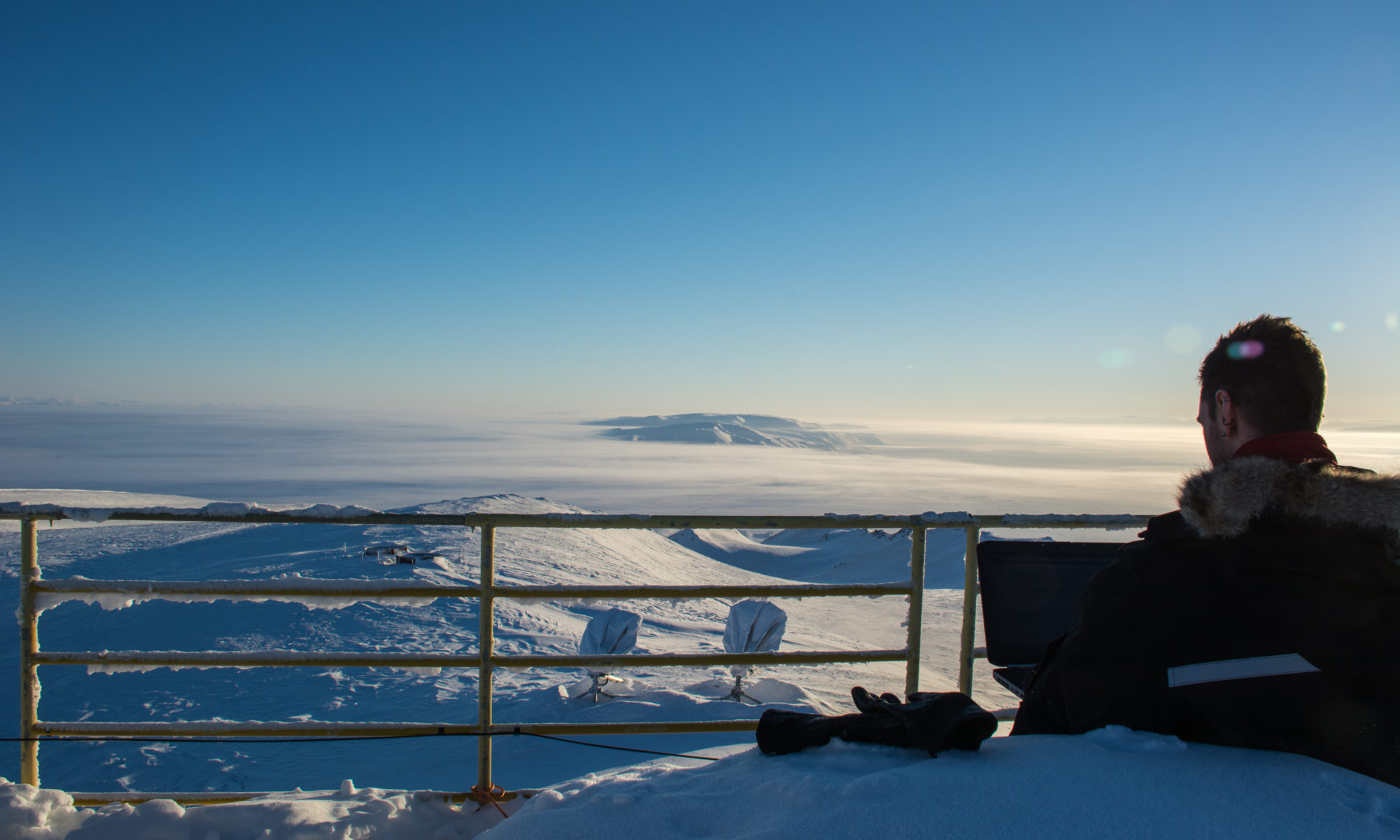25 years ago, in late August 1998, something interesting happened in Canadian atmospheric science:
A large Canadian scientific stratospheric balloon was launched from Saskatchewan on August 24, 1998. It was intended to have a flight lasting about 24 hours and stay relatively near its launch site. Instead, it went on an unexpected adventure across an ocean and into several countries’ airspaces. Fighter jets were tasked with taking it down. World news organizations covered the updates.
This is the MANTRA 1998 story.
What is a stratospheric balloon?
It’s a very large balloon, typically filled with Helium, that carries a scientific payload (instruments and support systems) weighing up to ~a tonne (1000 kg) into the stratosphere (15 to ~50 km altitude).
They can be as tall as the CN Tower observation deck!

Credit: Canadian Space Agency, About Stratospheric Balloons
Stratospheric balloons like MANTRA are much larger & complex than common weather balloons, which also are typically Helium filled and carry instruments into the stratosphere. But those payloads are very small and light: ~250 g. That makes MANTRA’s scientific sensor payload (~300 kg) about 1200 times larger. Some sensor payloads are even larger.

MANTRA (Middle Atmosphere Nitrogen TRend Assessment)
MANTRA was 150 meters high or about the size of a 25-story building when at stratospheric altitudes.

The MANTRA balloon included a variety of instruments designed to measure ozone chemistry-related atmospheric gases. There were also systems for power and control of the balloon. Its gondola was 2 m × 2 m × 2 m in size, constructed using a light aluminum frame. The total payload weighed 630 kg.

More specifically, MANTRA instruments sought to acquire:
- Vertical profiles of: NO2, HNO3, HCl, CFC-11, CFC-12, N2O, CH4, temperature, and aerosol backscatter from balloon instruments.
- Total columns of: O3, NO2, SO2, aerosol optical depth by ground-based spectrometers.
Next: The Launch and Flight
